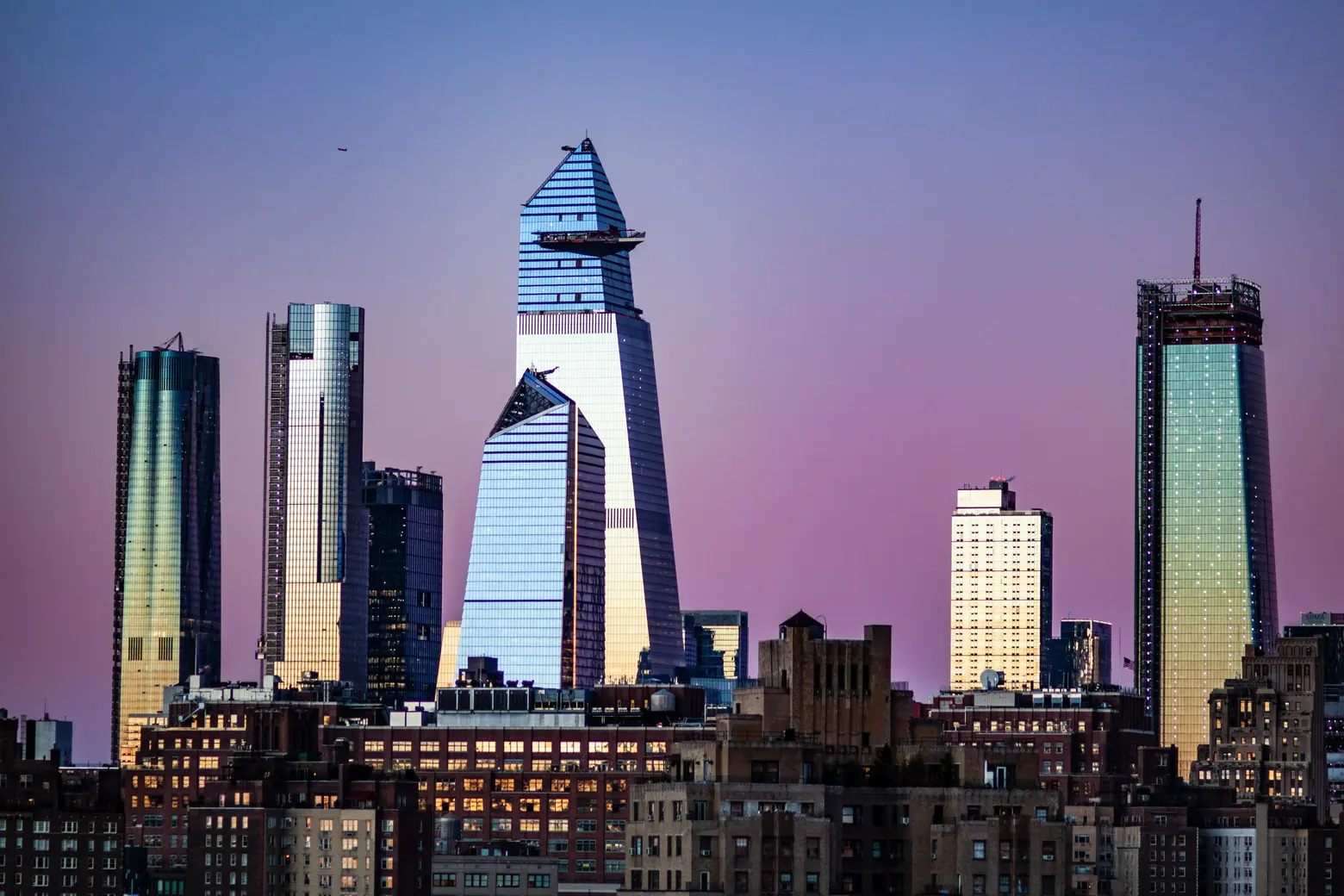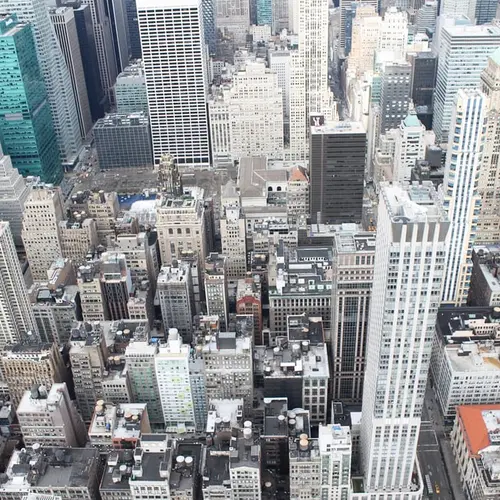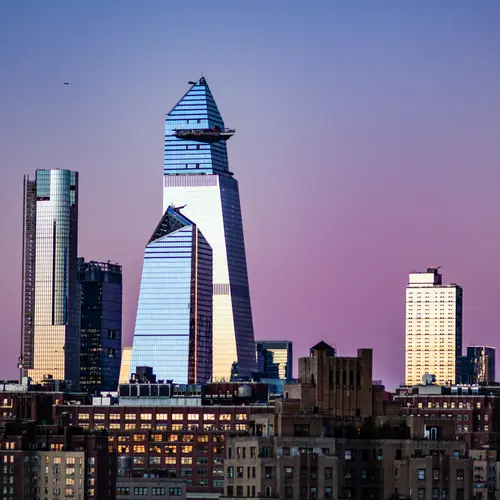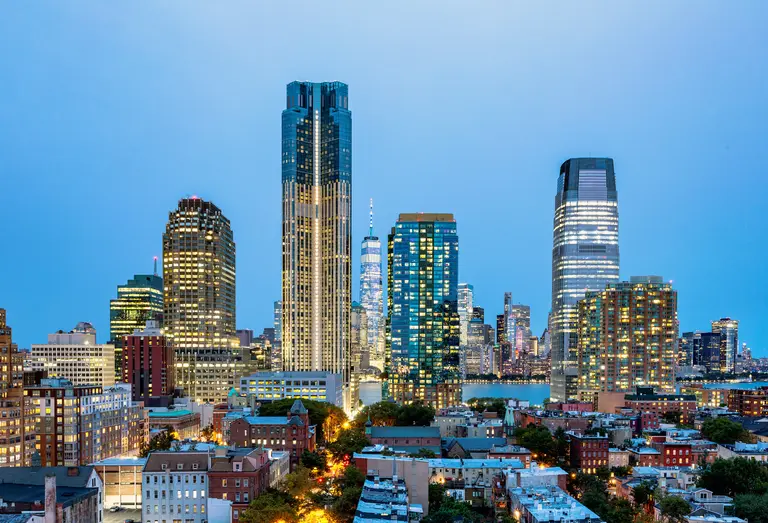Health and high-rise living: Is higher healthier?

Photo by Aleksandr Rogozin on Unsplash
In 2019, NYC saw the completion of more than 15 new buildings over 500 feet, and in the coming couple of years, even more tall buildings are slated for completion, including Central Park Tower, the world’s tallest residential building at 1,500 feet. None of this is a surprise. By building up, New York is able to maximize available space and even diversify certain neighborhoods by creating mixed-income housing communities. At their best, high-rise developments can drive economic and social change, but are these buildings also good for our health? Ahead, we look at the risks and benefits of high-rise living, many of which have taken on a new meaning during a time when New Yorkers are mainly confined to their homes.
Long before the arrival of today’s supertalls, New Yorkers were already concerned about the potential dangers of high-rise living and not without legitimate cause. When the city’s first skyscrapers appeared in the late 19th century, poor air circulation and lack of light posed considerable health risks to high-rise dwellers. Although modern technologies and advanced building designs have improved life above the sixth floor over the past century, the relative benefits and risks of high-rise living and its impact on one’s life expectancy continue to be debated by researchers around the world.
The Risks of High-Rise Living
To be clear, there are no inherent risks associated with living in a high-rise building, but there is a large body of research suggesting that under some circumstances, some demographics do report higher mortality rates living on higher versus lower floors. A survey of recent studies reveals that the risks can run the gamut from slower emergency response times to social isolation and depression.
In one widely cited study published in early 2016 in the Canadian Medical Association Journal, high-rise living was seen to radically decrease one’s chances of surviving a cardiac arrest. The study, which involved 7,842 cases of out-of-hospital cardiac arrest, concluded that survival was greater on lower floors than higher floors. Indeed, the study found that survival was 0.9 percent above floor 16 and that there were no survivors above the 25th floor. The study concluded that lower response times were likely to blame for the decreased survival rates of residents living on higher floors.
In addition to being at higher risk due to the fact that first responders may end up stuck on the ground floor waiting for an elevator, living on a higher floor has been linked to many other health problems. Several recent studies, for example, suggest that during the outbreak of highly infectious disease, high-rise dwellers on all floors are at higher risk than people living in single or detached homes.
Currently, those of us living in large apartment buildings worry about increased exposure to coronavirus when you consider the number of residents touching door handles and elevator buttons, though most buildings have notified tenants of increased cleaning protocols. As 6sqft recently explained, some property management companies and landlords have banned moves during this time and are not allowing large packages that require the use of the elevator to be delivered.
Then there are the mental health issues to consider. Australian architect Kerry Clare warned in 2016 that high-rise living is harming Australia’s “urban fabric” by isolating people from street life. According to Clare, more people living in high-rise buildings means more people living in social and economic silos where the chance encounters of street life are severely compromised. In many respects, Clare’s position resonates with the thinking of New York’s own Jane Jacobs. In her 1961 classic, The Death and Life of Great American Cities, Jacobs condemned high-rise living, especially when used as a low-income housing solution. “The corridors of the usual high-rise, low-income housing building are like corridors in a bad dream…creepily lit, narrow, smelly, blind.” Jacobs further lamented, “They feel like traps and they are. So are the elevators that lead to them.” The social isolation that Clare and Jacobs both associated with high-rise living is often linked to depression and other mental health problems.
The Benefits of High-Rise Living
Despite the grim conclusions about high-rise living cited above, a growing number of studies suggest that living higher rather than lower may, in fact, increase mortality rates.
A 2013 study published in the European Journal of Epidemiology found that among 1.5 million people living in buildings with four or more floors, mortality from all causes was higher for people living on the ground floor compared to those living on higher floors. Indeed, the study found that mortality from cardiovascular and respiratory diseases declined considerably the higher one’s floor of residence.
Although there is no one factor that appears to account for residents’ health on higher floors, several studies suggest that a key factor driving high-rise dwellers’ health is air quality. After all, residents living on lower floors are frequently exposed to high levels of exhaust from parking garages and street-level traffic. In contrast, residents on higher-level floors typically enjoy cleaner air. When high-rises are set back from the street and surrounded by open green spaces, the benefits are even greater.
Nevertheless, the air quality argument may not entirely explain the health of high-rise dwellers. At least some researchers have concluded that if higher is healthier, it may have more to do with socio-economic than environmental factors. After all, in many European and North American cities, living on a higher floor, especially at the penthouse level, is more prestigious, and for this reason, the higher the floor, the more likely one is to have money and access to high-quality healthcare, too.
Making High-Rise Living Healthier
Design innovations from green roofs to the “breathable” buildings associated with the Passive House movement continue to transform life in the sky and moving forward, we can expect to see more healthy high-rise options come to the market. In short, the dark and dank high-rises that Jane Jacobs once denounced are being replaced by structures defined by fresh air and light.
If you’re thinking about moving into one of the city’s many new high-rise developments, there are a few things to keep in mind. First, look for a smoke-free building. Of course, if you’re living in public housing, as of December 1, 2016, your building has already become smoke-free. Second, consider your needs. If you’re young and healthy, do you need an elevator? Walk-ups are not only more affordable for renters and owners but over time, living in a walk-up can carry significant health benefits. Finally, consider the age of the building and carefully assess the building’s maintenance history—ensure the building has a clear record of health and safety and a dedicated management team.
Editor’s Note: This story was originally published on January 24, 2017, and has been updated.
Get Insider Updates with Our Newsletter!
Leave a reply
Your email address will not be published.

































In certain geologic areas (for example, large aeas of PA), especially in older buildings, ground floor residents may be exposed to natural radon gas seaping up from the ground – leading in some cases to lung cancer etc.; Susceptible buildings should be tested (inexpensive kits are available).
As for the super-rich ensconced in their super-tall castle towers – all the better for them to more safely urinate on the rest of us from their golden penthouses, while spewing their fake “trickle-down economics” mantras, as they laugh all the way to the bank.
If social inequality continues to increase and widen, I fear there will come a time when these super-tall skyscraper residences will become the abandoned & grotesque tombstones of a failed society…..
please keep studying living above 500 feet in high rises. Respiratory & headaches.
Excellent article!!